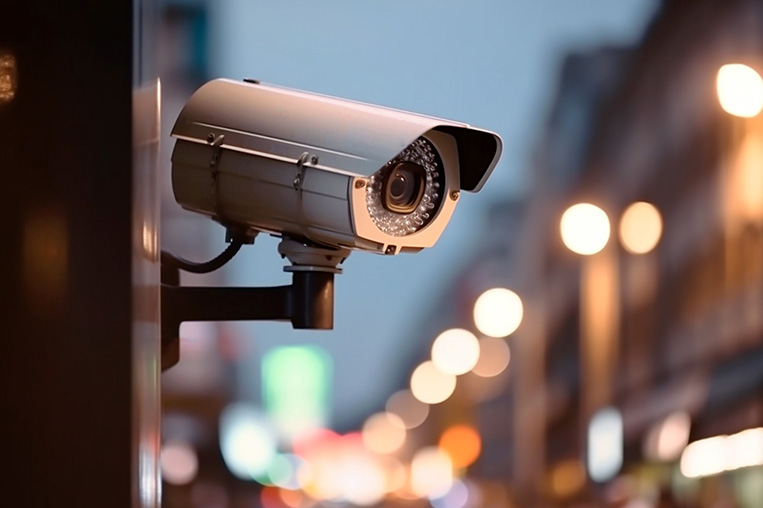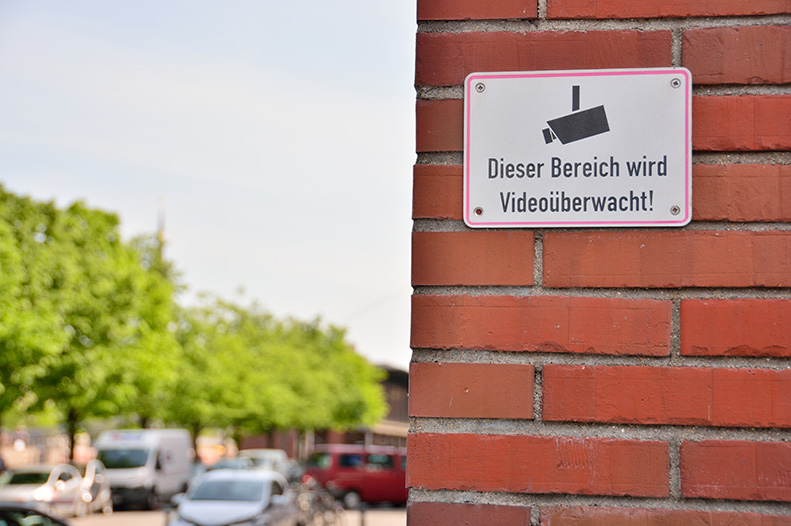Public spaces are usually publicly owned – i.e. owned by the public sector (the federal government, cantons, municipalities) – and publicly accessible. They are social and living spaces outside buildings and private properties.
The underlying principle of public spaces is a space provided by the public authorities for the benefit of the general public. Public space is accessible to all because, geographically speaking, it is part of the social space of a community or town – it is therefore a ‘space for everyone’.
Public spaces include public thoroughfares, such as footpaths and pedestrianised zones, public transport and publicly accessible outdoor spaces, such as parks, playgrounds, sports fields and similar. By definition, the ‘public nature’ of this space is not lost if there are conditions for entry, such as entry fees or a minimum age.
Moreover, a distinction must be drawn between ‘public spaces’ and publicly accessible, ‘semi-public’ spaces. This refers to land and buildings that are private property but which perform a public task. It is not always possible to distinguish clearly between these two spaces. Customer areas of banks are an example of this.




